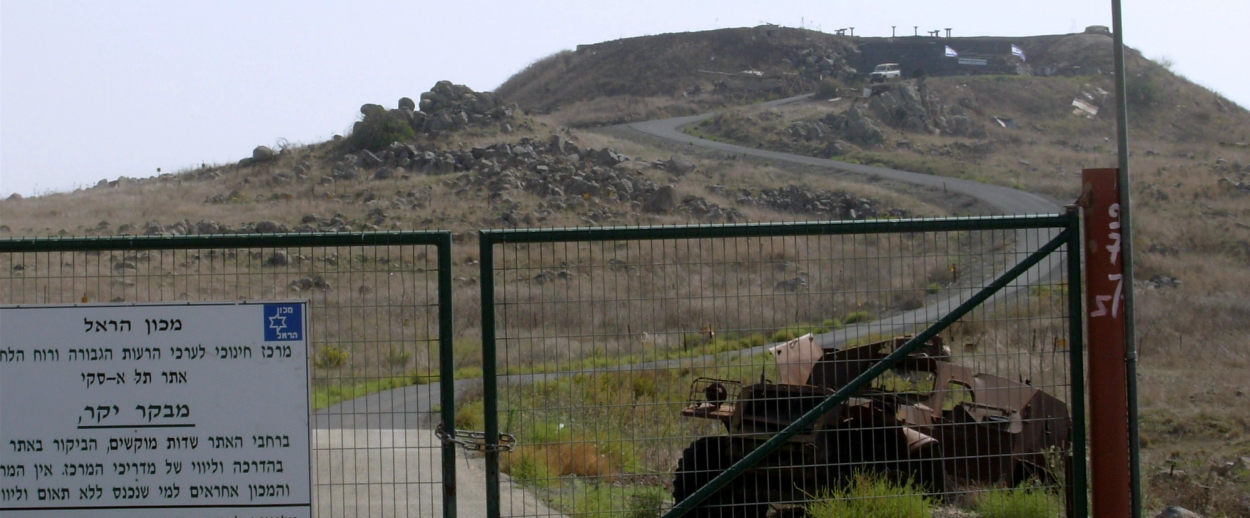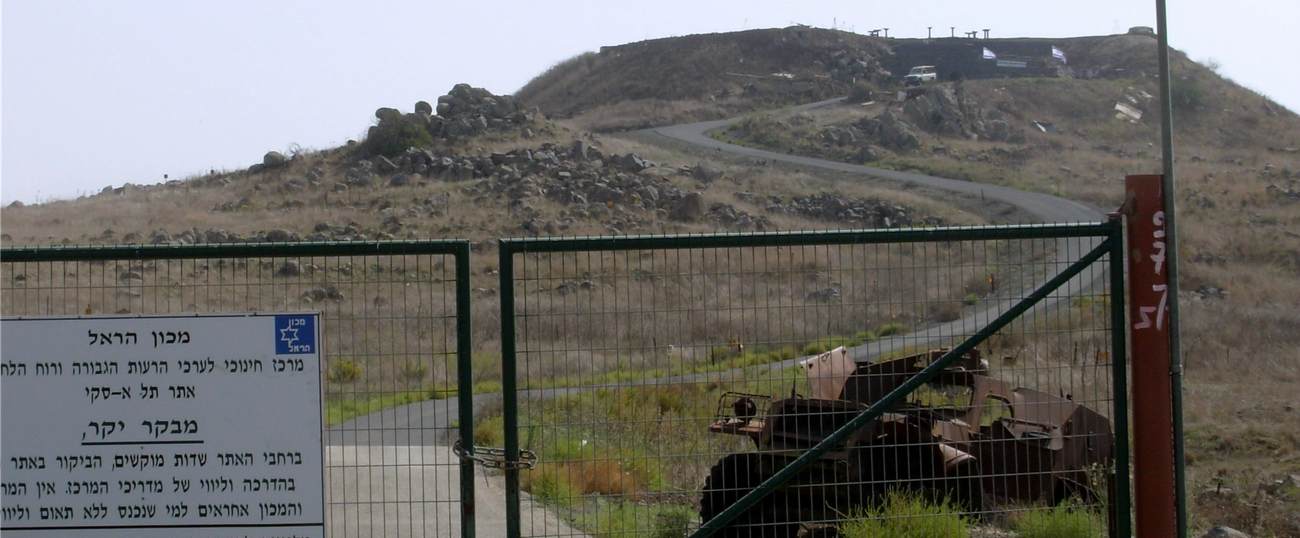At the Site of One of the Yom Kippur War’s Bloodiest Battles, a Bunker Is Turned Into an Escape Room
Teaching interactive history on the Golan




The battle of Tel Saki was one of the fiercest and most dramatic in the course of the 1973 Yom Kippur War. As the war broke out by surprise, a few dozen Israeli soldiers found themselves trapped inside a bunker in the southern Golan Heights, surrounded on all sides by Syrian forces. Their water supply had run out, but one soldier, Shaikeh, sustained an injury to his ears and kept on shouting that he was thirsty and wanted to drink. Terrified that the Syrians will hear the screams and storm in, the force’s commander ordered one of his men to strangle Shaikeh to death. Luckily, someone found a match somewhere and lit it just long enough to scribble a message on a scrap of cigarette paper telling the traumatized Shaikeh to quiet down. The commander then ordered his men to remove the pins on their hand grenades and prepare for suicide en masse at the first hint of Syrian troops. Only by miracle were the men’s lives spared when one of them managed to crawl out and convince the Syrians that he was the only man left alive.
How to teach such a story to a group of young students who’ve never been to war? One entrepreneur, Ya’akov Seh-Lavan, found a creative way: turn the bunker into an Escape Room.
Seh-Lavan, who served as a career officer in the Israel Defense Forces for nearly a decade, visited Tel Saki the first morning after he concluded his service, and was immediately struck by the dramatic story of the battle. And when he entered the dark and labyrinthine bunker, he eventually thought of the trendy new pastime, popular in Israel and elsewhere, in which a group of people are locked inside a small structure until they discover enough clues to find their way out. These days, he hosts tourists from all over the world in Tel Saki, telling them about the war and giving them clues, all based on the battle’s real-life events, to help them find their way back above ground.
“We chose to live in a troubled region, to say the least, and it’s likely we’ll need an army in the future,” he told the Israeli press. “If we don’t know how to connect to what happened in the past, we won’t survive in the future.”
Liel Leibovitz is editor-at-large for Tablet Magazine and a host of its weekly culture podcast Unorthodox and daily Talmud podcast Take One. He is the editor of Zionism: The Tablet Guide.